| Early in the Day |
| One of the Four Entries |
Hazoor Sahib's own rich story has, until now, been somewhat lost in the vast history of India. In The Master's Presence: The Sikhs of Hazoor Sahib, the new book by Nidar Singh Nihang and Parmjit Singh, firmly gives it the place that it deserves. Hazoor Sahib, which literally means “Master's Presence”, is the shrine built over the ashes of Guru Gobind Singh, the tenth and last living Guru of the Sikhs, who walked fully armed onto his own funeral pyre of sandalwood to be consumed in the light and flames as he sat in a trance-like state.
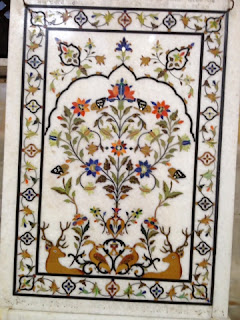 |
| Well decorated Marble Panels with colored animals |



In The Master's Presence is also a wonderful story, well told, full of colourful characters, spies, intrigue, and warfare, all played out in two very different parts of India: the plains of Punjab in the north and the Muslim state of Hyderabad to the south. It is though, fundamentally, the tale of survival, often against all the odds, of a people, their way of life, the preservation of a settlement and the protection of a shrine.
In the middle of this abundantly and beautifully illustrated book, you'll find a lithograph from the British Library, our national library in London. The scene is a gathering of the great and the good, recorded in their sumptuous glory for posterity as they sat watching an evening's entertainment at the palace of Raja Chandu Lal. This Sikh devotee, who served as the finance minister of Hyderabad State, was the chief patron of Hazoor Sahib long before Maharaja Ranjit Singh turned his attention in the 1830s to the tenth Guru’s final resting place. Glancing along the rows of faces, it is easy to form a view about who they are and what they did. But there, silently casting his eyes over the scene, seemingly incongruously, is an Akali Nihang warrior in full dress, armed with a matchlock and steel mace. Who is he, why is he here, what is he, and what does he stand for? To ignore such questions is to leave history incomplete. The strength of In The Master's Presence is that it answers these questions in a clear, concise and well-written way.
Langar is served by Sevadars both men and women all in uniform and well dressed in yellow Salwar Kameez and blue dupattas and the food is served in clean and steel containers and is presented with utmost respect unlike tossed some other places. The Policeman Dr. P S Pasricha, who is heading the leadership of this Gurdwara, has an impact in discipline all around. The front desk at the NRI Yatri Niwas was not only courtious but was prompt and to the point and his battery of helpers were very supportive.
 |
| The Gurdwara is very beautifully lighted at night as seen here. There were fountains all around of various colors enhancing the ambience of place so sacred to Sikhs. |
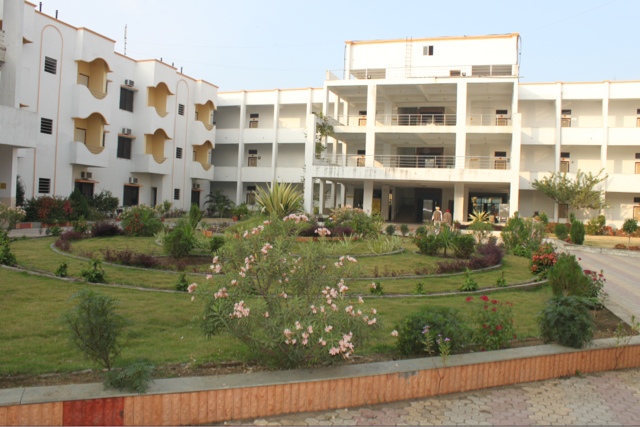 |
| The NRI Yatri Niwas is of international standards and the Sevadars on duty are performing excellent service. |
 |
| The Dancing fountains in bright colors |
 |
| The Gurdwara is ornamently decorated with beautiful paintings all arround. |
 |
| The Patth in Progress |
 |
| The 'Angitha Sahib' the place where Guru Gobind Singh left for his heavenly abode. |
The side panel marble work
The flowered work of marble is eye catching and is kept very clean even at the end of the day as seen here.
The glittering gold plated works
The management had this Flowerman inside the Gurdwara. He suggested to buy big two flowers as is the tradition, but inside when opened only one big garland could be unpacked while the second was just a small one. That surprised me a bit.
'The Nagarha'
The well laid vast floor leading to the Sanctorum
 |
| Hazur Sahib at night time in winters © preet mohan singh., all rights reserved. |









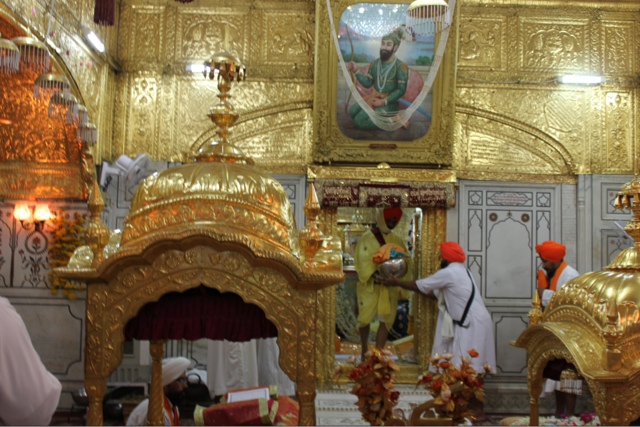

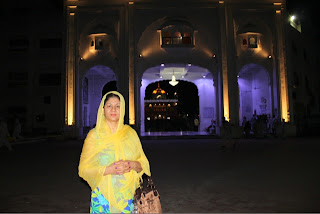










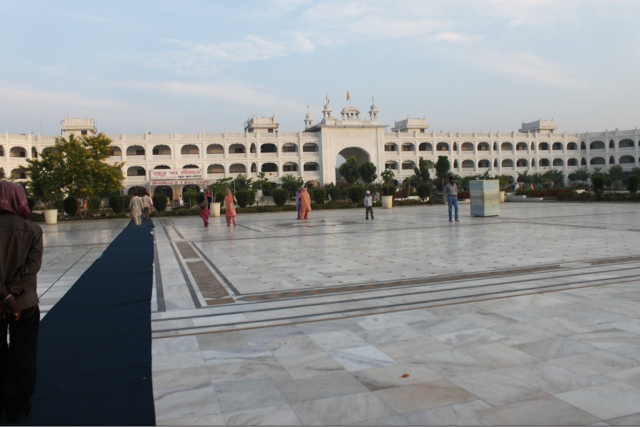



No comments:
Post a Comment